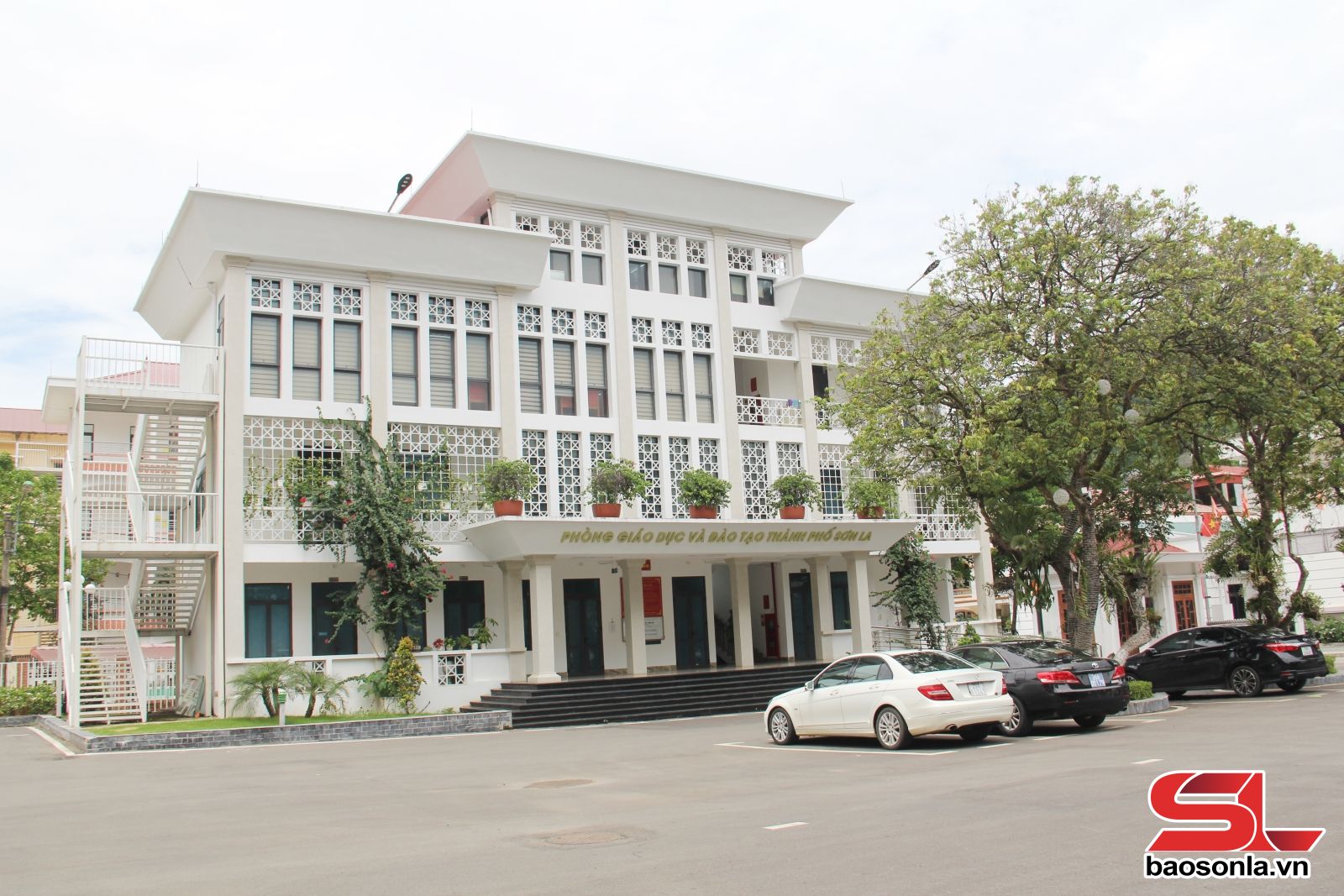
Previously, the commune and ward headquarters were invested to ensure the staffing of 20-40 people; however, after the merger, the number of employees increased. The province has established working groups to go to the field, work with localities, propose optimal solutions, ensure conditions for cadres and civil servants to work with peace of mind, and implement the 2-level local government model.
After reviewing, of the 239 working offices of the People's Committees at the district and commune levels, 221 offices are eligible to continue to be arranged as offices for the commune level after the merger; of which, 75 offices will be used as the main offices of the People's Committees of the new communes and wards; 117 offices will be used as citizen reception offices of the new People's Committees of the communes; 29 offices will be used for internal regulation. Up to now, the communes and wards have inventoried houses and land, organized handover and acceptance to ensure compliance with Decision No. 1516/QD-UBND dated June 25, 2025 of the Provincial People's Committee on approving the plan for arrangement, placement and assignment of working offices of the People's Committees at the (new) commune level for reception, management and use.
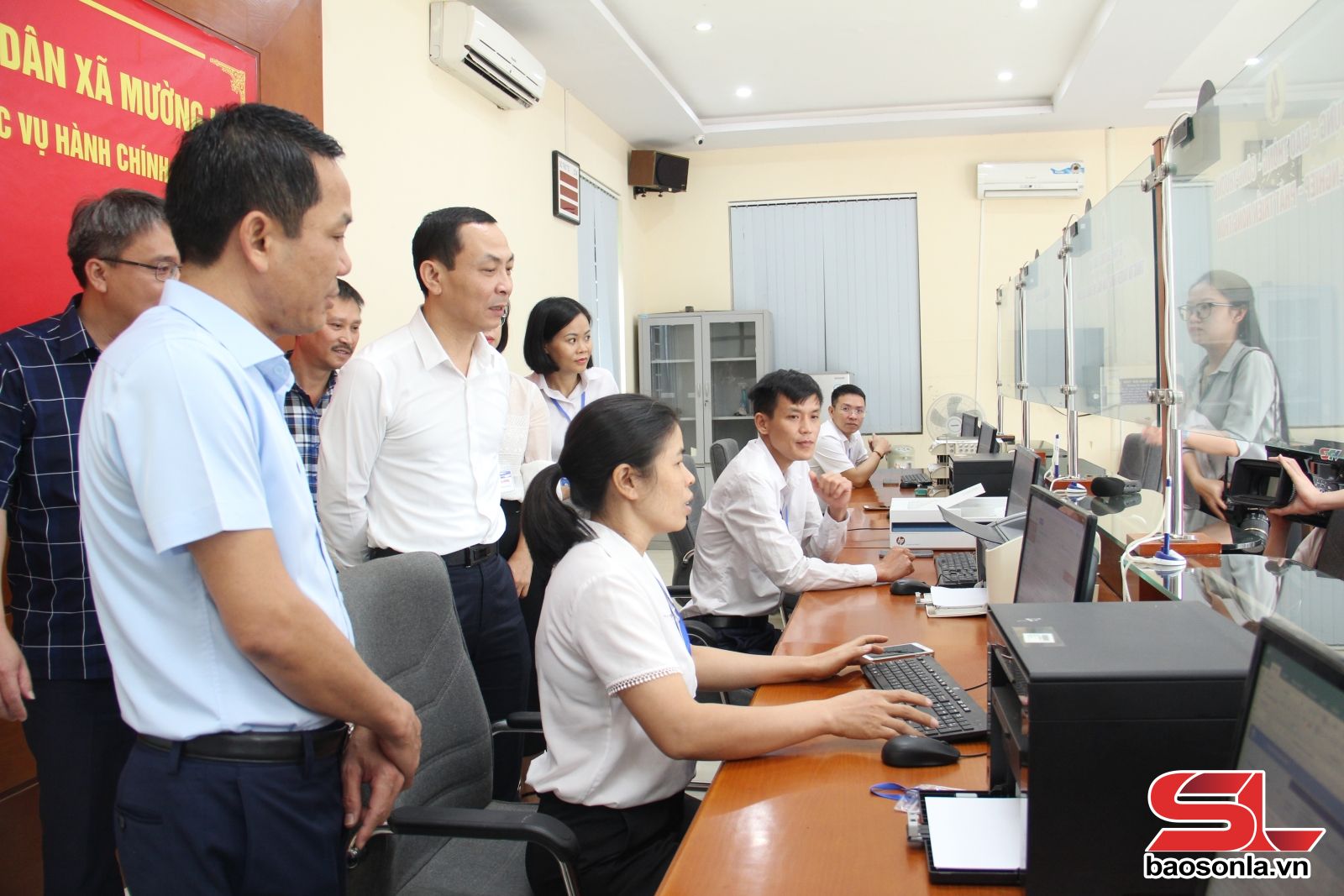
Mr. Nguyen Minh Tien, Director of the Department of Finance, said: Implementing the Prime Minister's directive and the Ministry of Finance 's guidance, the arrangement of headquarters and public assets to meet work needs, without interruption when merging communes and wards, has been implemented by the province in parallel with the process of restructuring administrative units, prioritizing maximum use of existing facilities, and reasonable coordination between units.
As for the 18 surplus headquarters, the province converted their functions to public purposes such as medical facilities, education, libraries... or cultural and sports institutions. Some headquarters were assigned to land management organizations or land fund development for exploitation according to the law.
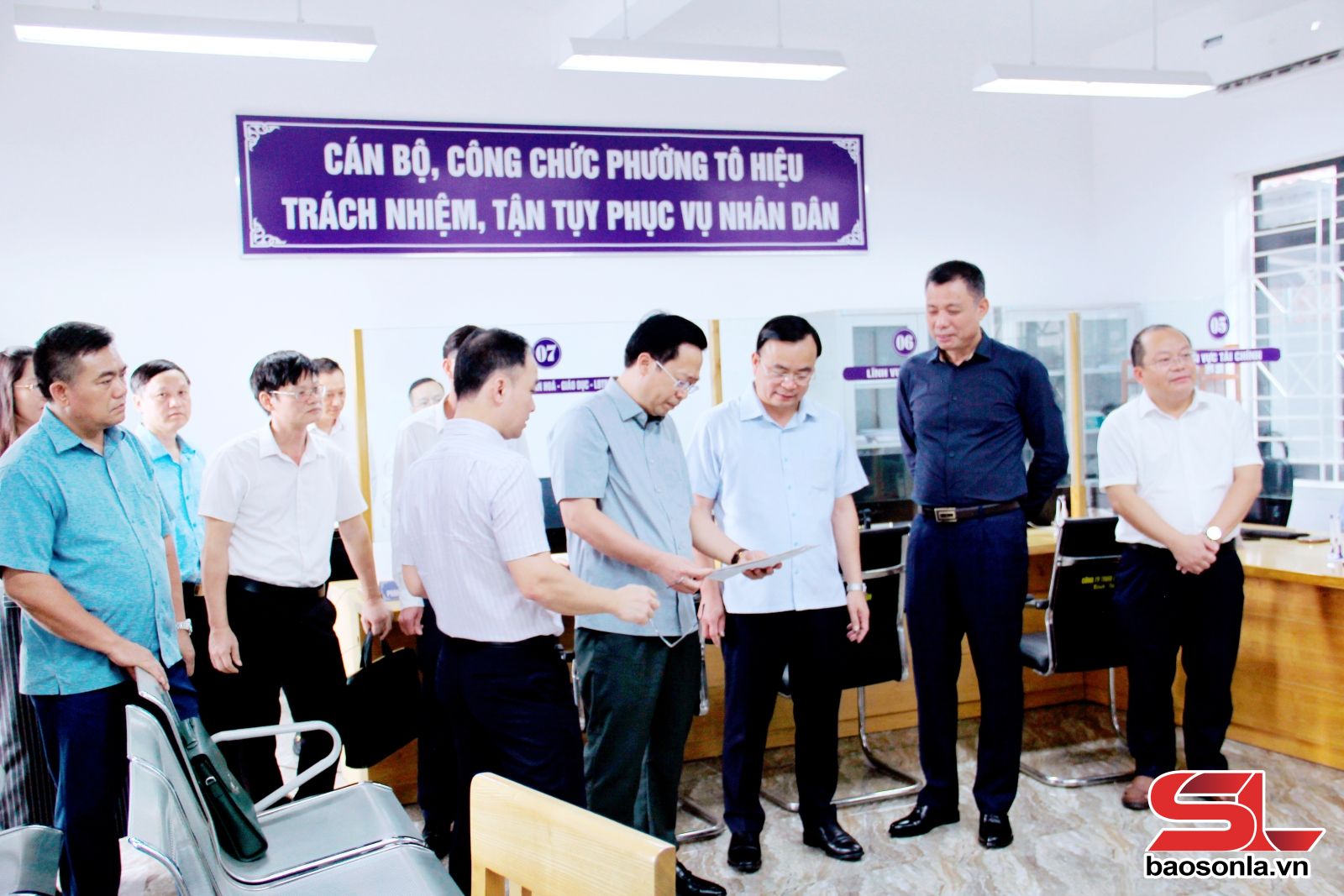
After the merger, the new communes and wards also focused on flexible arrangements, making the most of the available infrastructure. In Chieng Hoa commune, which was established from the merger of the communes: Chieng Cong, Chieng An, Chieng Hoa. After the merger, the commune had 64 employees, so it was difficult when the current headquarters only accommodated about 30 people.
Comrade Cu A Dang, Deputy Secretary of the Party Committee and Chairman of the People's Committee of Chieng Hoa Commune, shared: To ensure working conditions for cadres and civil servants, the commune is renovating two prefabricated houses into 9 offices and an archive room. At the same time, the electrical system, ceilings are upgraded and tables, chairs, and document cabinets are added. The renovation is expected to be completed on July 5. Regarding the public housing, the commune will temporarily rent a private house and borrow a school's public housing during the summer vacation.
Similarly, Chieng Mai commune was established on the basis of merging the communes: Chieng Mai, Chieng Ban, Chieng Kheo, Chieng Dong, Chieng Ve. After the merger, the commune has a total natural area of 151.85 km2 and a population of 23,786 people and is assigned 60 staff. The headquarters is in Ban village, old Chieng Mai commune, including a 3-storey house, with 24 offices, a 200-seat hall and a 100 m² cultural house.
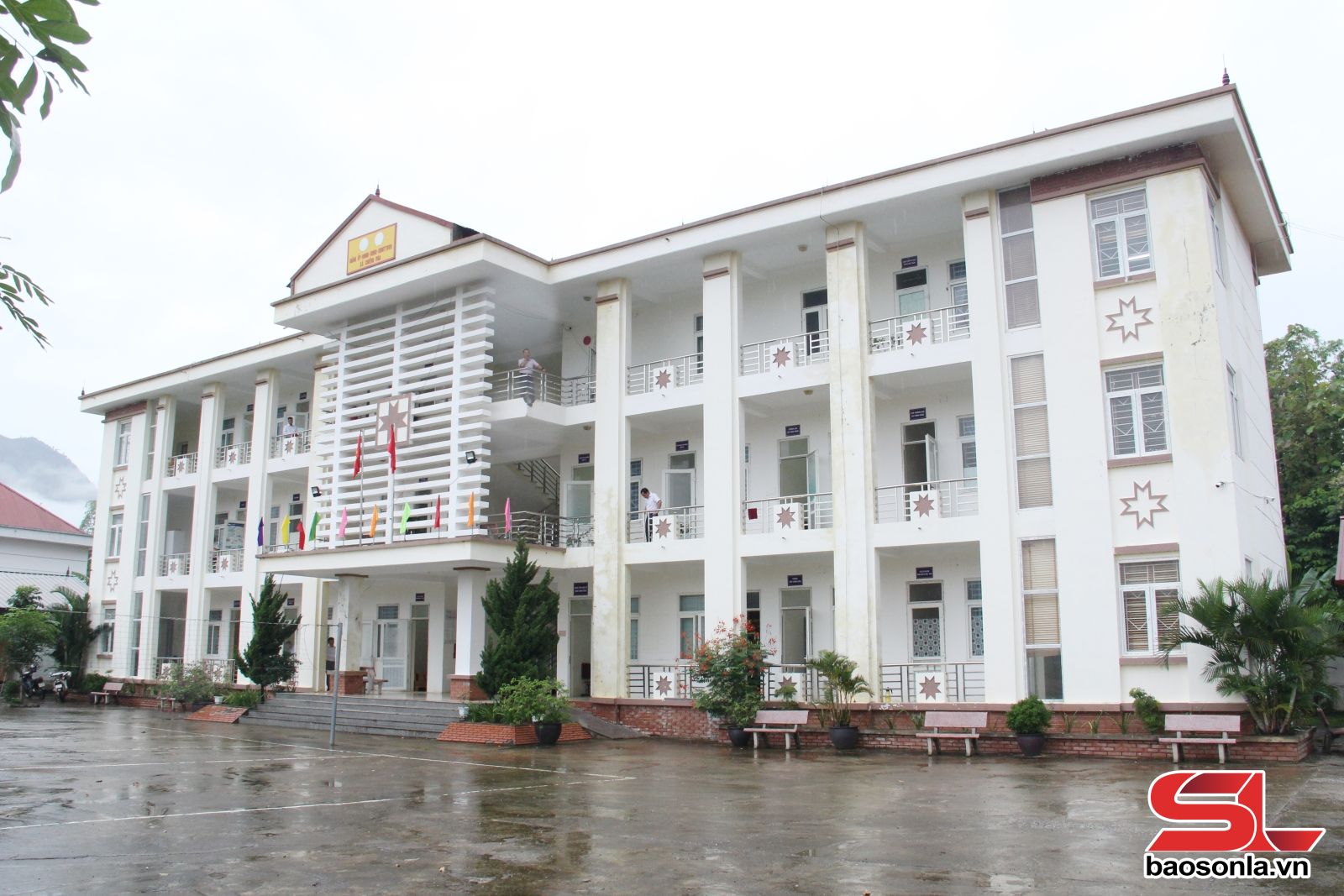
Comrade Ha Van Binh, Secretary of the Chieng Mai Commune Party Committee, shared: The old Chieng Mai Commune headquarters is arranged as the working place of the Standing Party Committee, the advisory agencies assisting the Party Committee, the Commune People's Committee and specialized departments, and the Commune Public Administration Service Center. To solve the shortage of working rooms, Chieng Mai Commune has arranged the old Chieng Kheo Commune headquarters as the working place of the People's Council, the Vietnam Fatherland Front Committee, socio-political organizations and the Commune Military Command.
After reorganizing the administrative apparatus and building a two-level local government model, Son La province has 75 communes, of which 12 are central communes ensuring stable working conditions, while the remaining communes still face difficulties due to the small scale of their headquarters, not providing enough working space for officials, civil servants and public employees; some headquarters are damaged and degraded, and need to be upgraded, renovated or built new headquarters for the commune level.
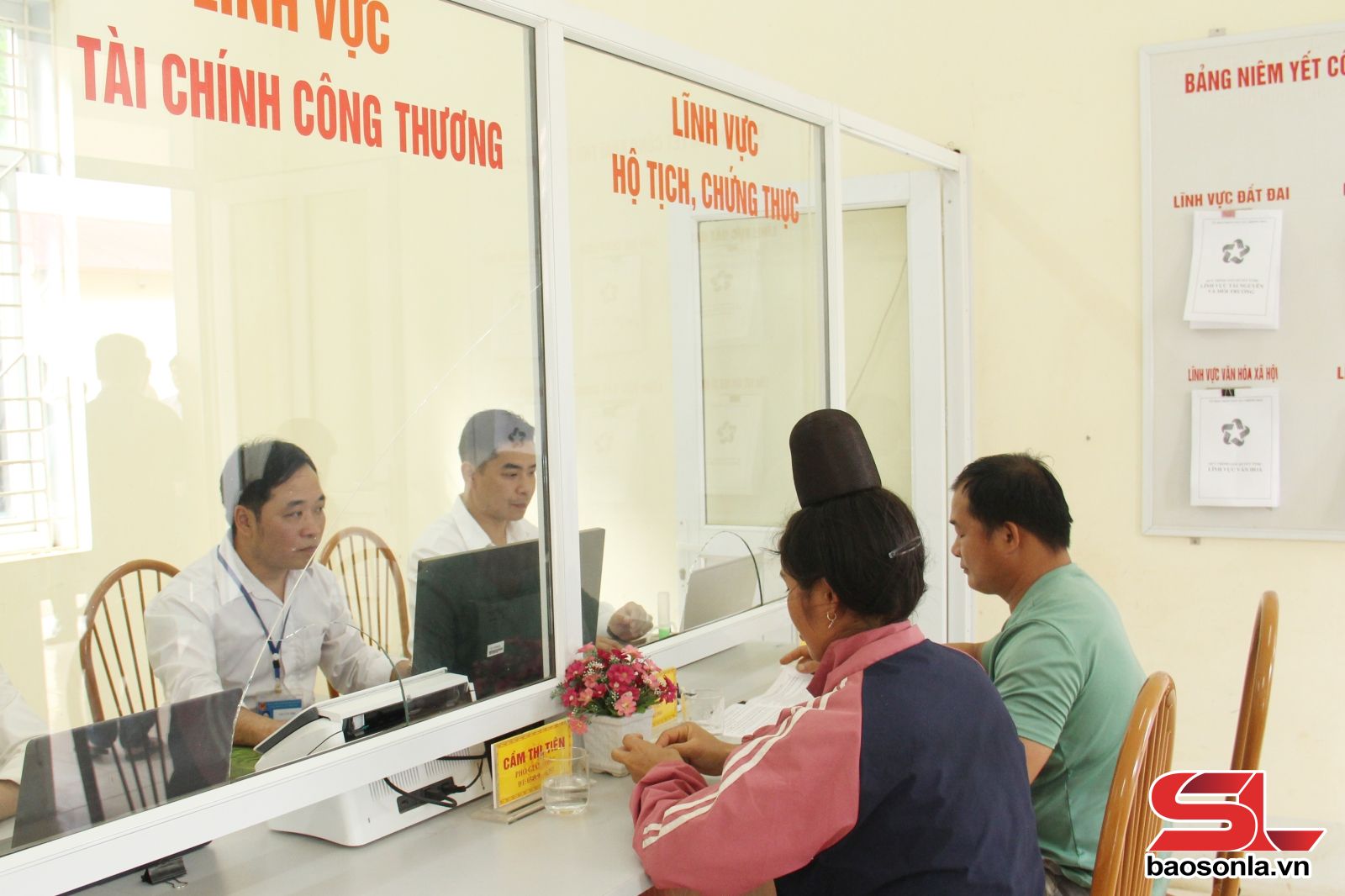
Mr. Le Van Thanh, Head of the Price and Public Asset Management Department, Department of Finance, informed: The Department proactively consults and develops a medium-term public investment plan so that communes using old commune headquarters can add additional offices. For communes with new planning, develop a public investment plan to prepare for investment in the period 2026 - 2030. The province is also proposing that competent authorities support localities that have not balanced their funding sources, receiving a balancing subsidy from the central budget for part of the funding to renovate, upgrade, and build new commune headquarters.
With synchronous, proactive and flexible solutions, Son La province will gradually ensure infrastructure for newly established communes, build a solid foundation, and aim to better serve the people in the new period.
Source: https://baosonla.vn/xa-hoi/dam-bao-co-so-vat-chat-cho-cac-xa-phuong-sau-sap-nhap-v2ozS5sNg.html


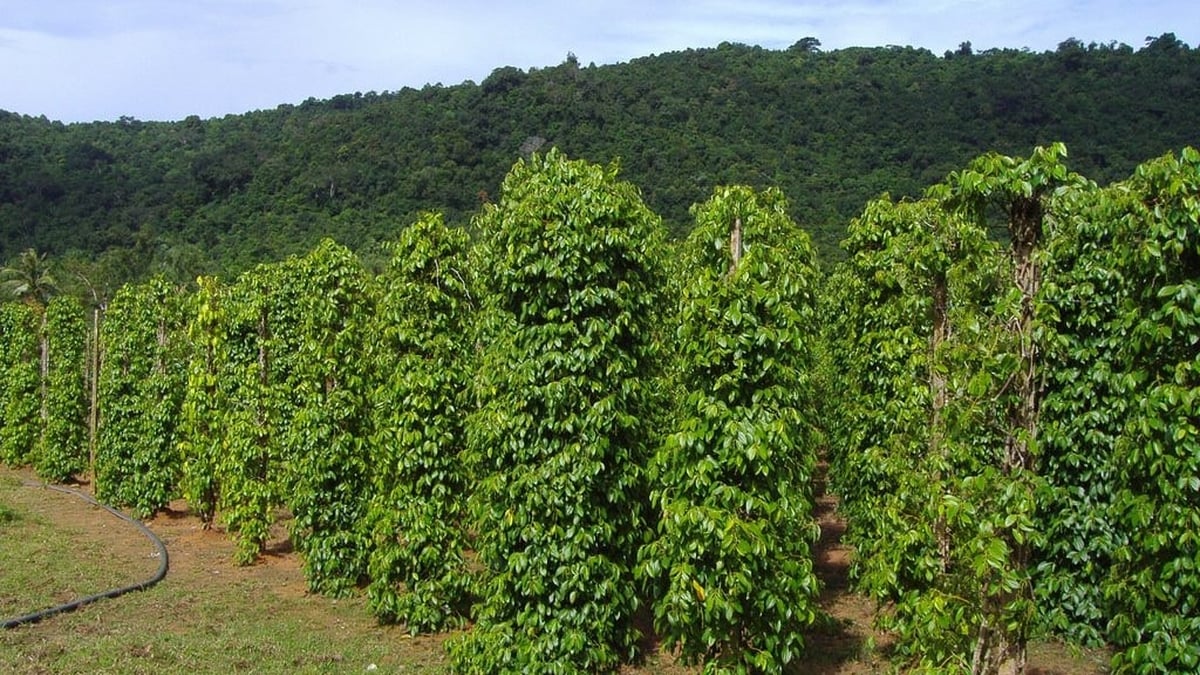





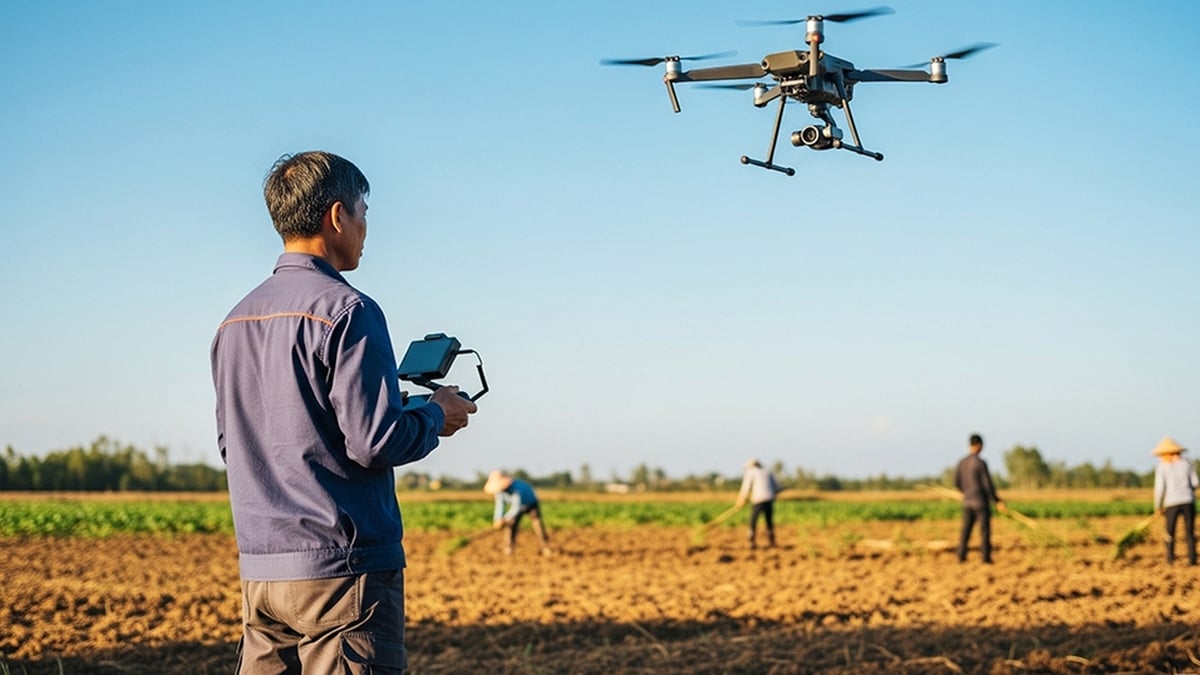
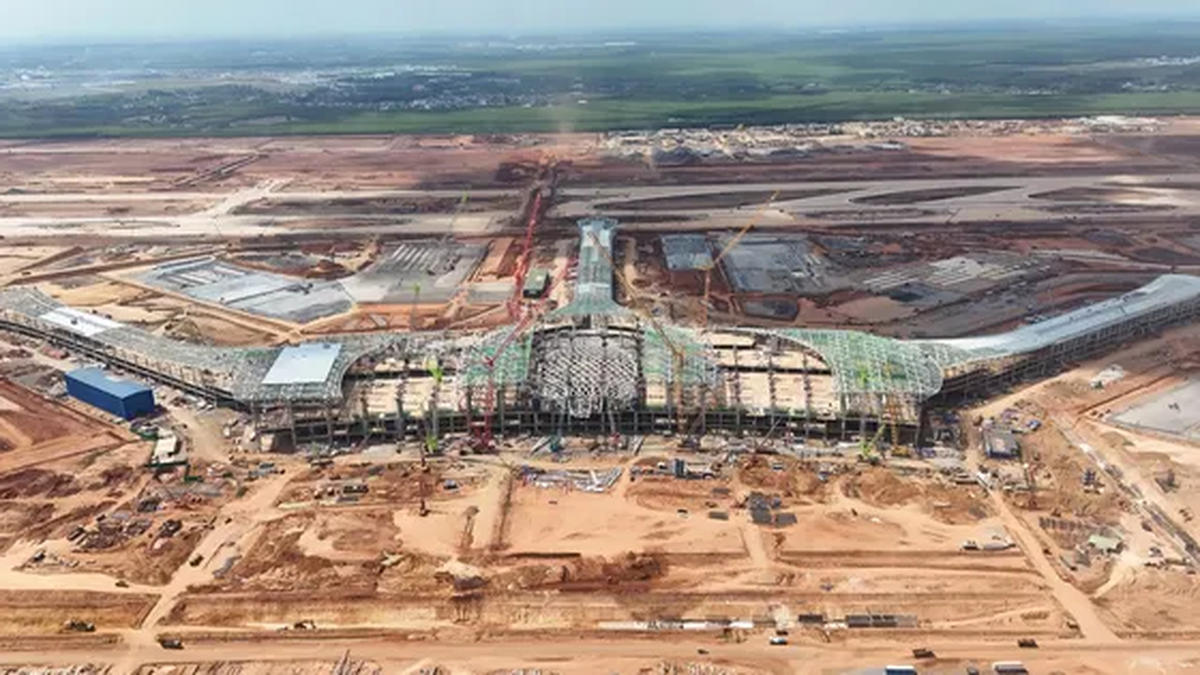
















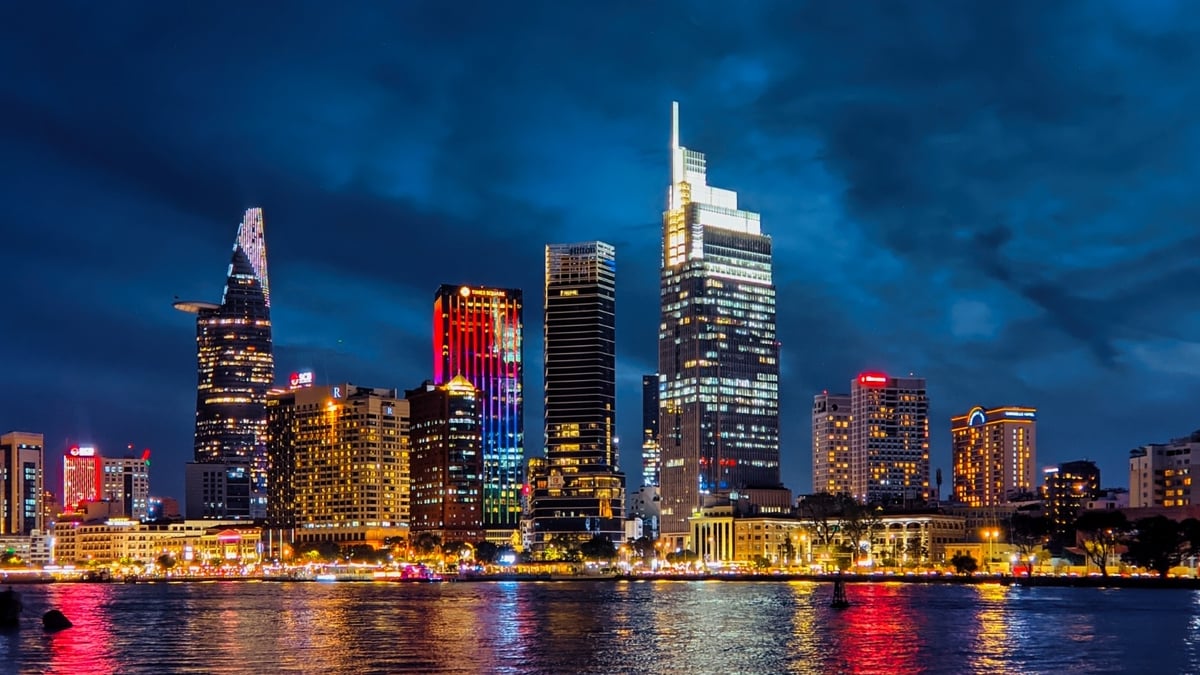

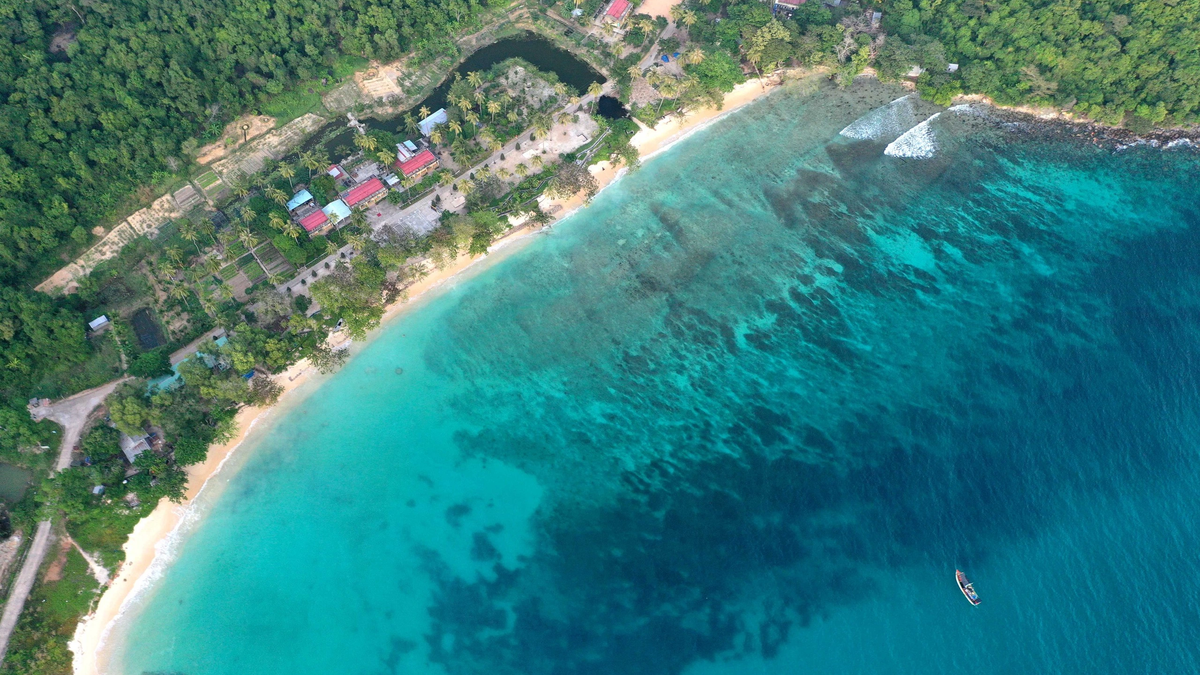

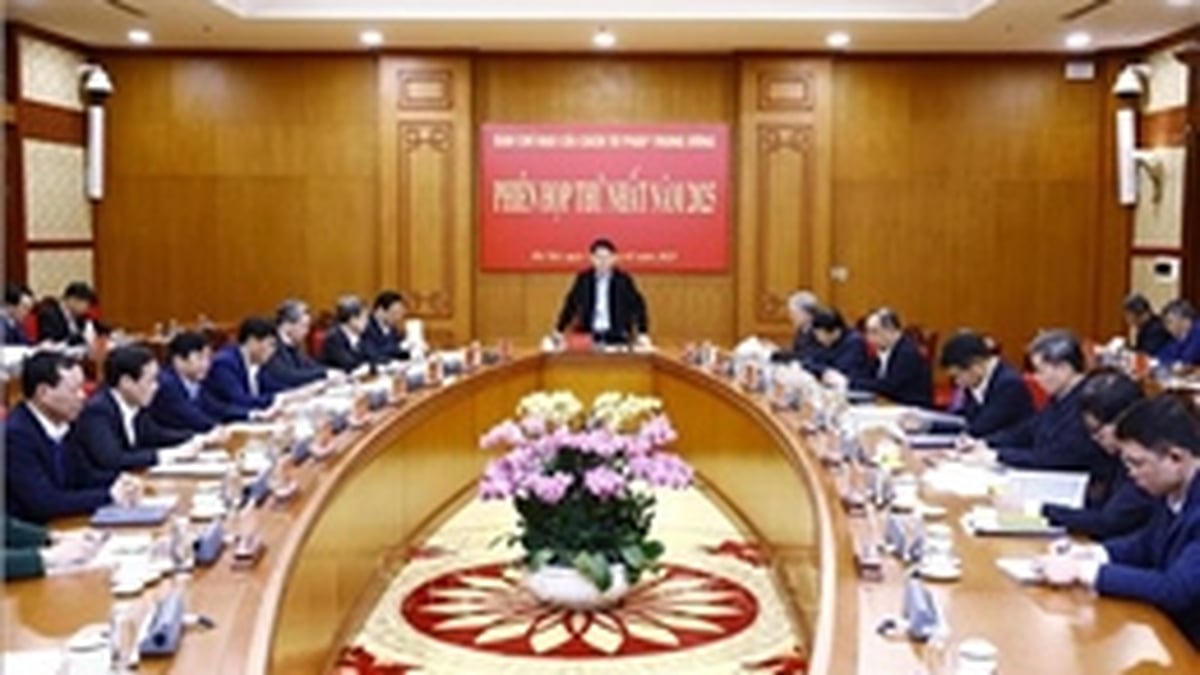








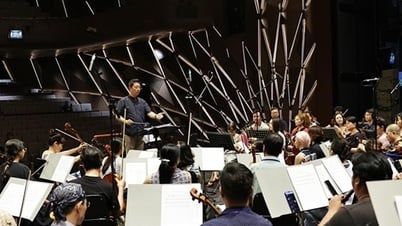

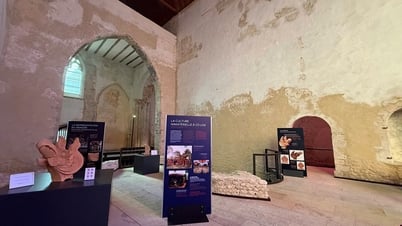










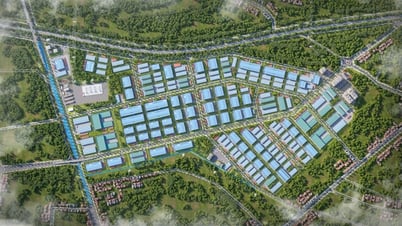



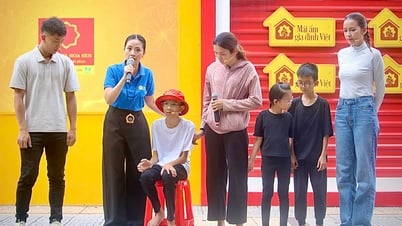

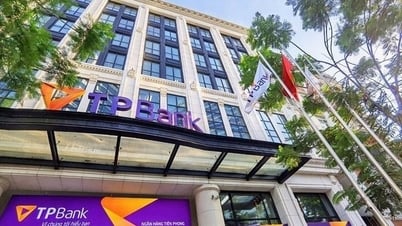
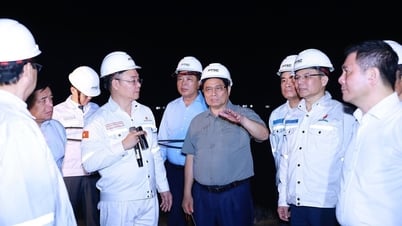
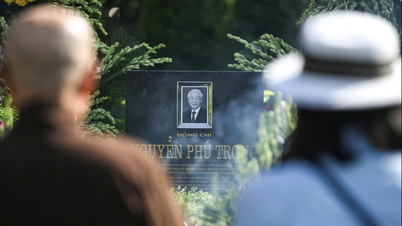




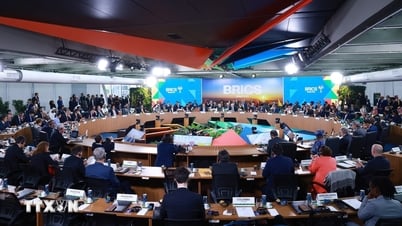


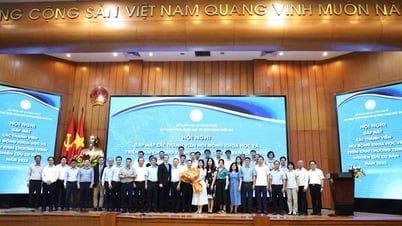

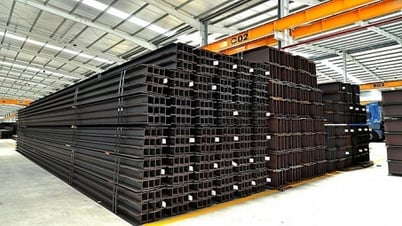




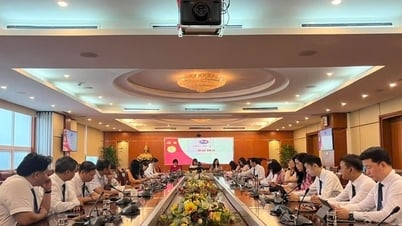
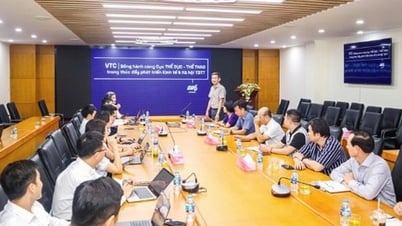



















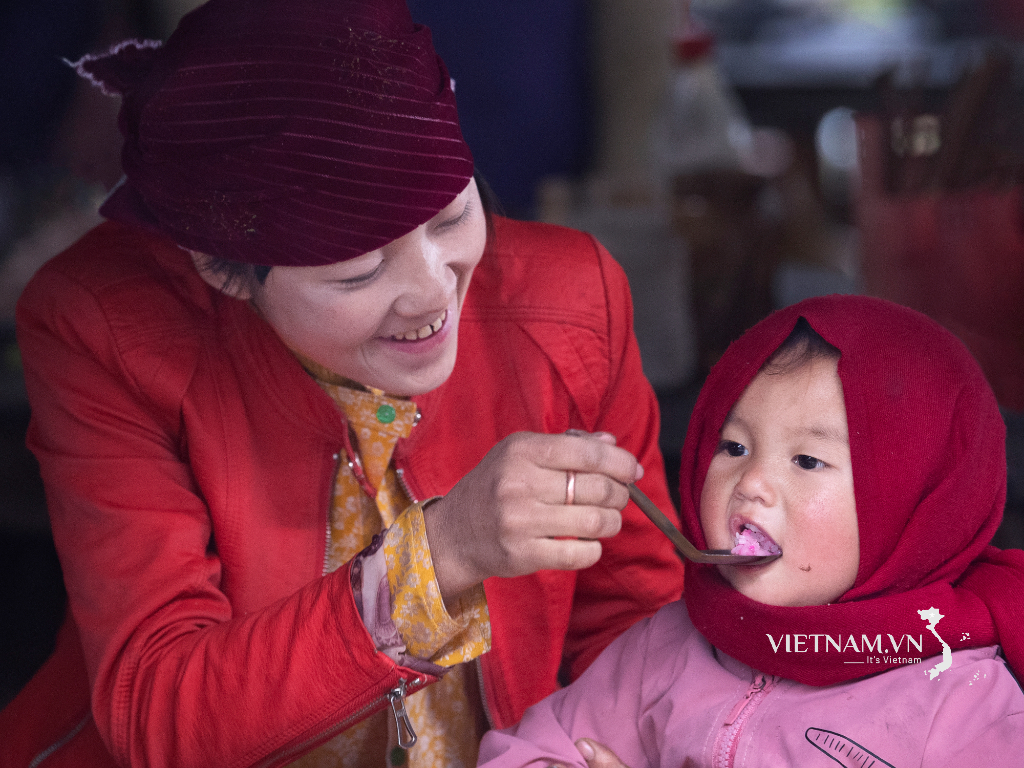

Comment (0)